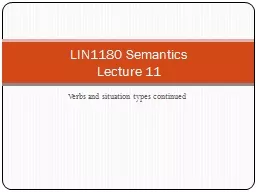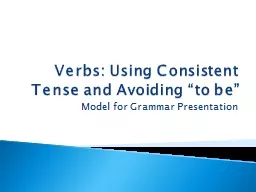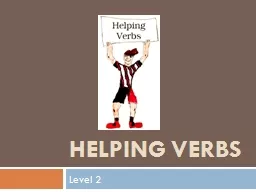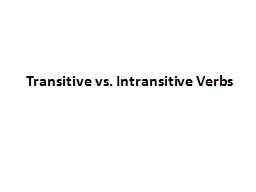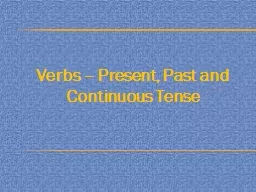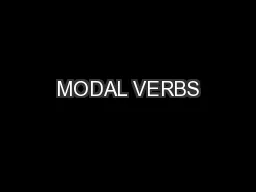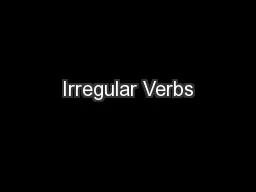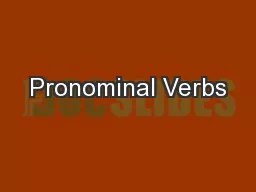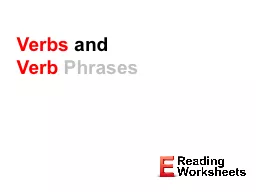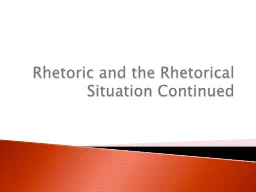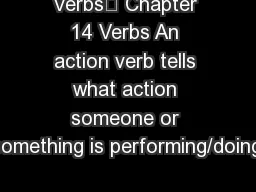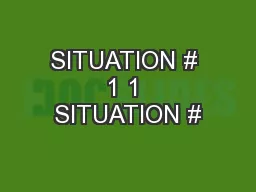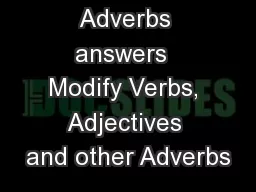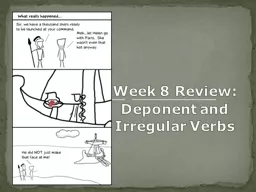PPT-Verbs and situation types continued
Author : giovanna-bartolotta | Published Date : 2016-06-24
LIN1180 Semantics Lecture 11 Classifying verbs lexical semantic distinctions Part 1 Dynamic vs Static Compare John is a lazy guy S tephanie is a beautiful woman
Presentation Embed Code
Download Presentation
Download Presentation The PPT/PDF document "Verbs and situation types continued" is the property of its rightful owner. Permission is granted to download and print the materials on this website for personal, non-commercial use only, and to display it on your personal computer provided you do not modify the materials and that you retain all copyright notices contained in the materials. By downloading content from our website, you accept the terms of this agreement.
Verbs and situation types continued: Transcript
Download Rules Of Document
"Verbs and situation types continued"The content belongs to its owner. You may download and print it for personal use, without modification, and keep all copyright notices. By downloading, you agree to these terms.
Related Documents

